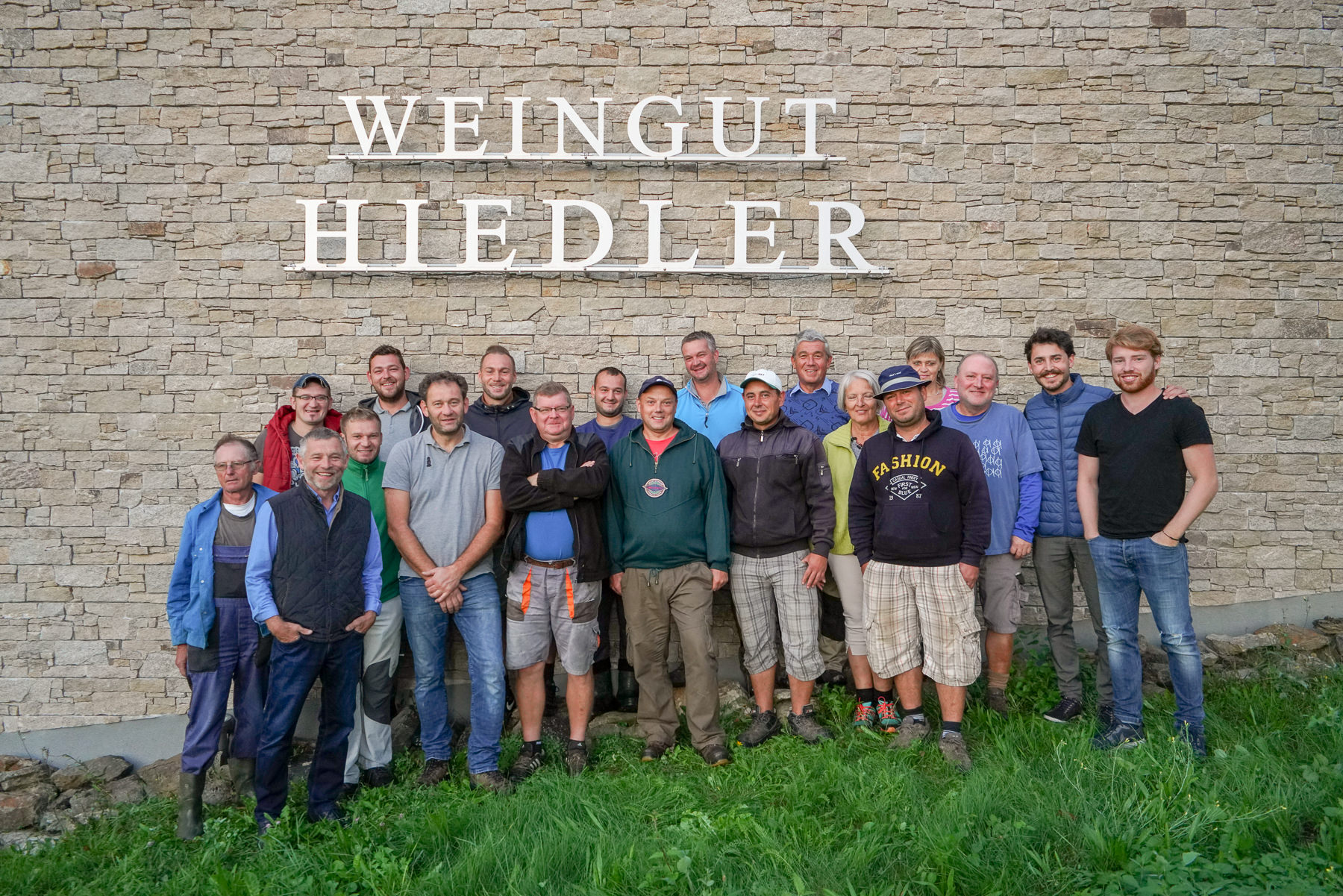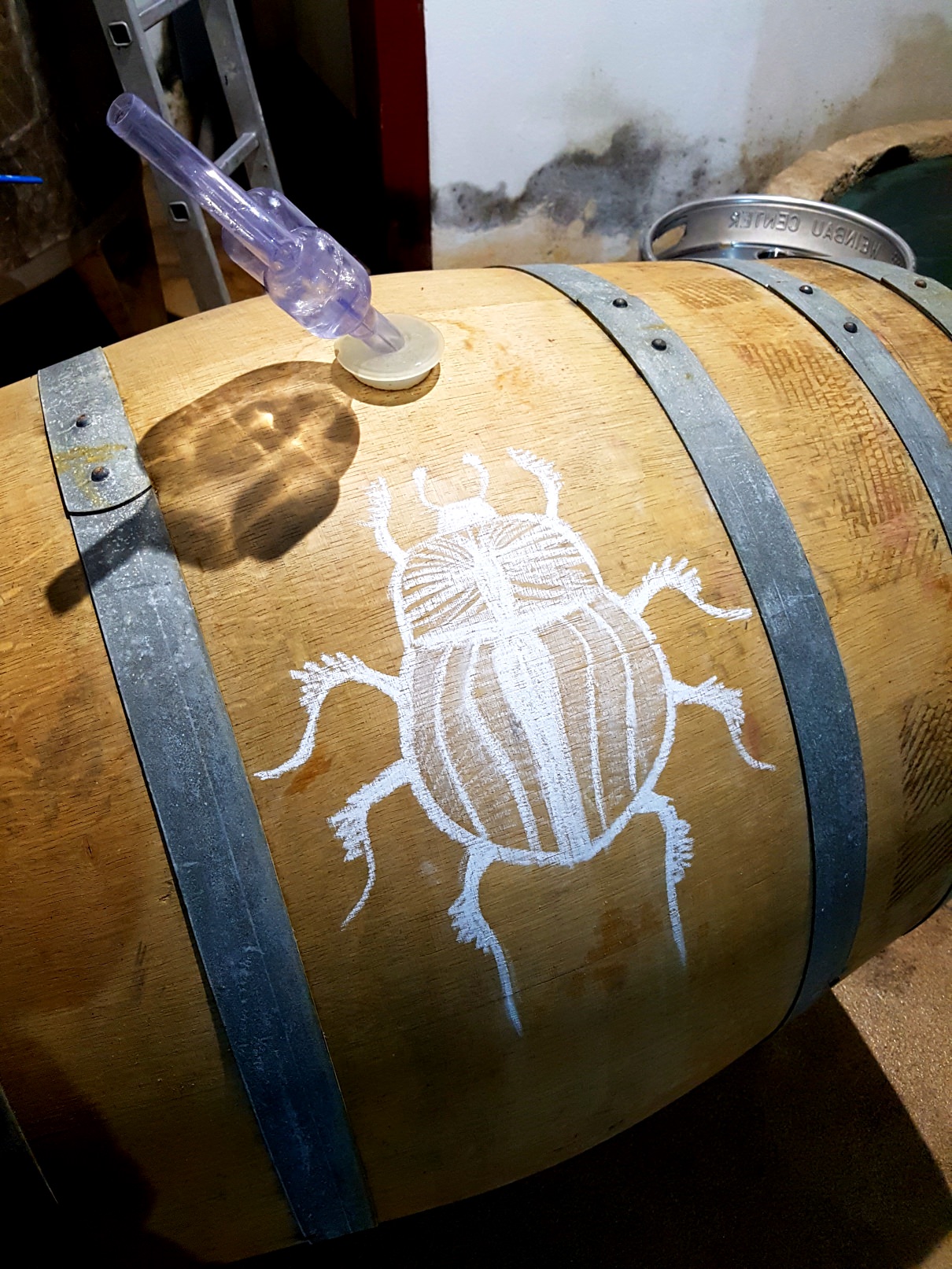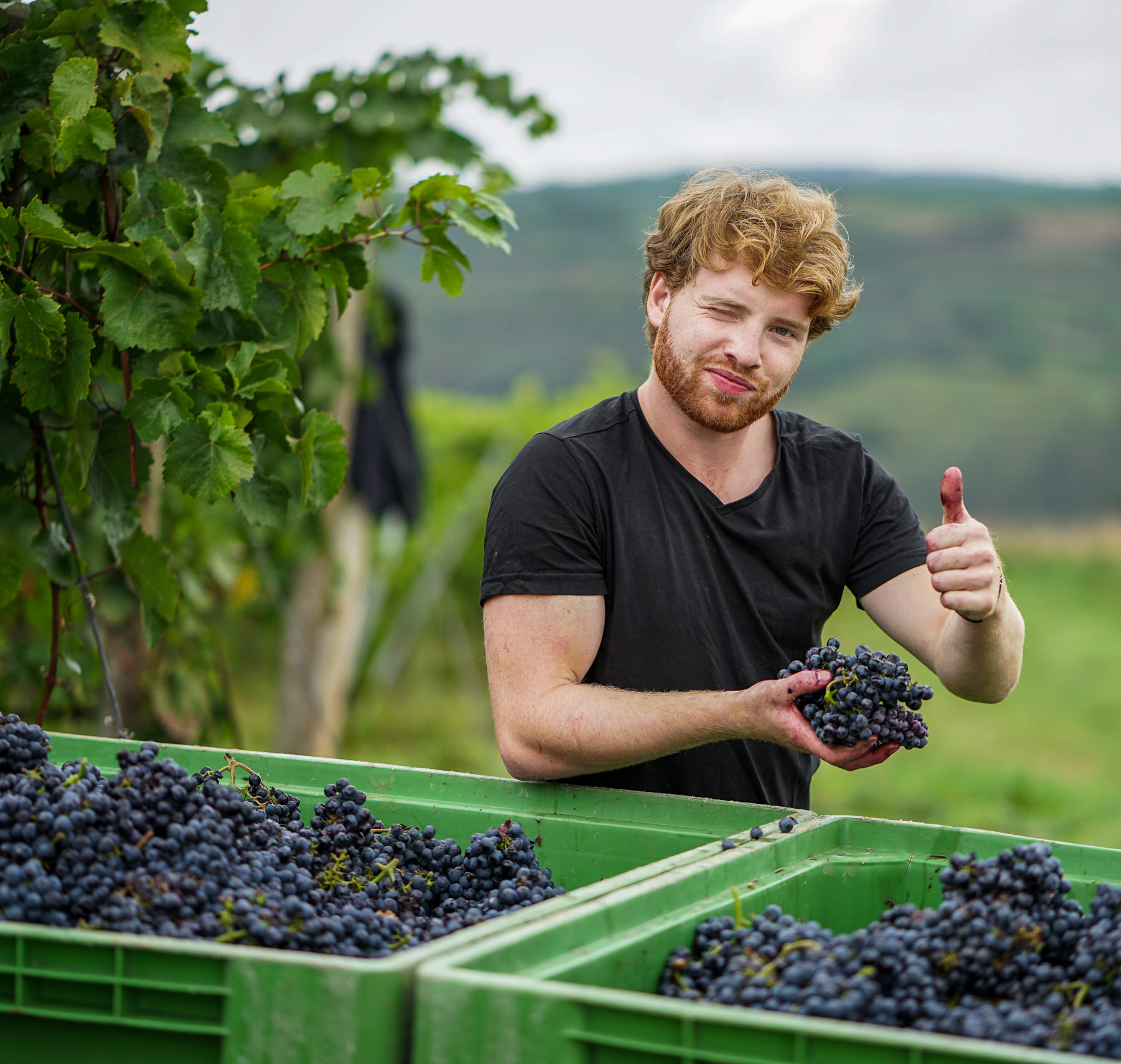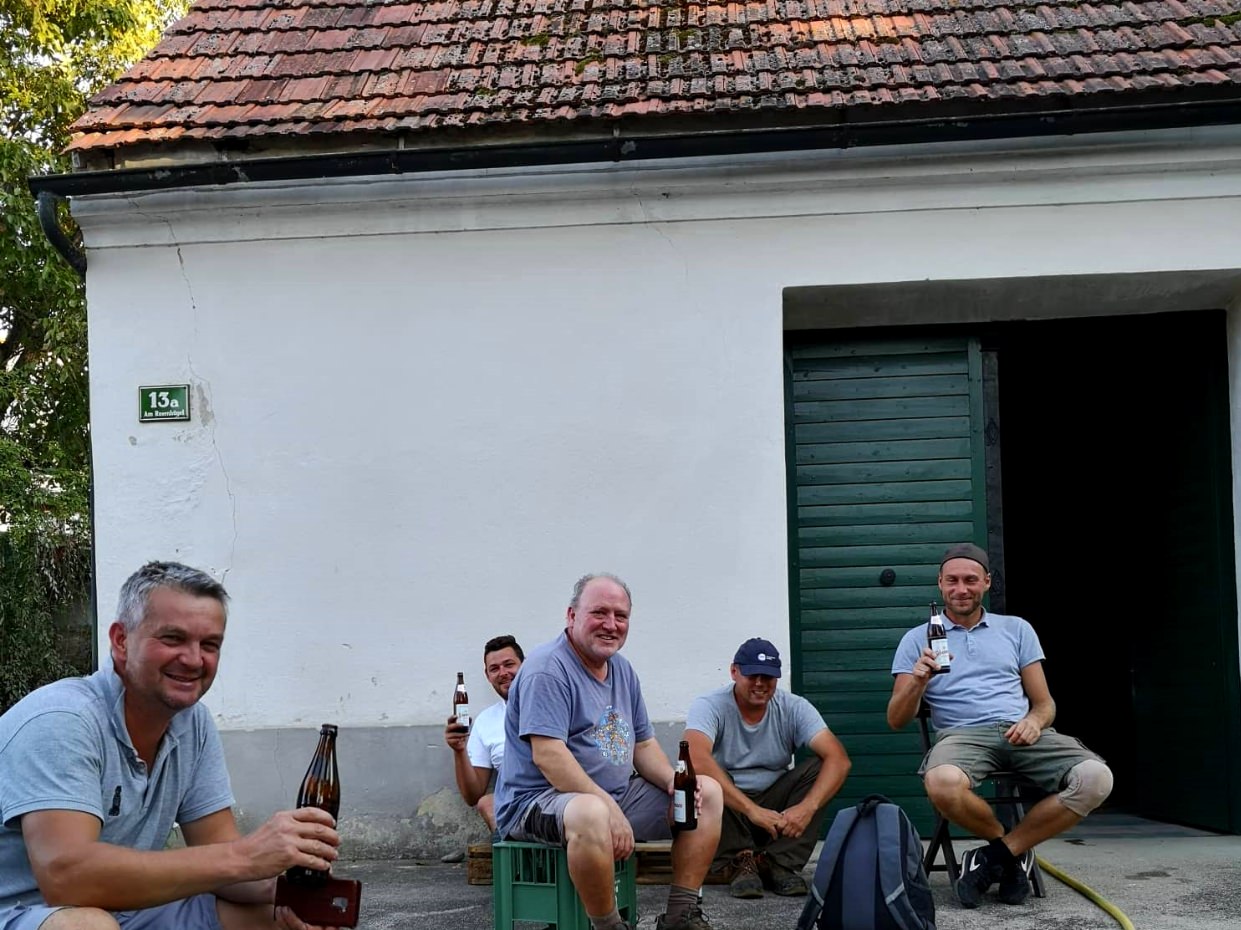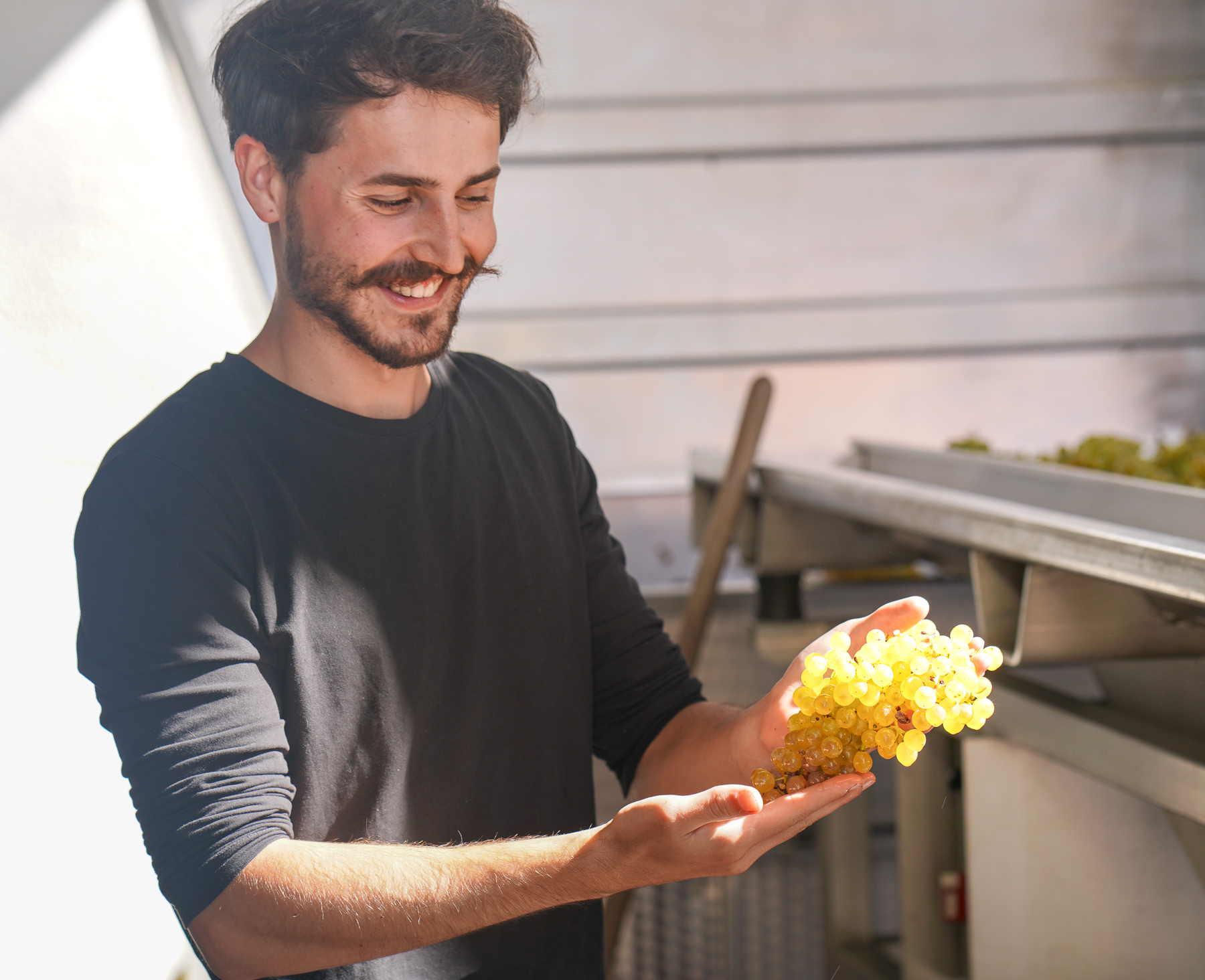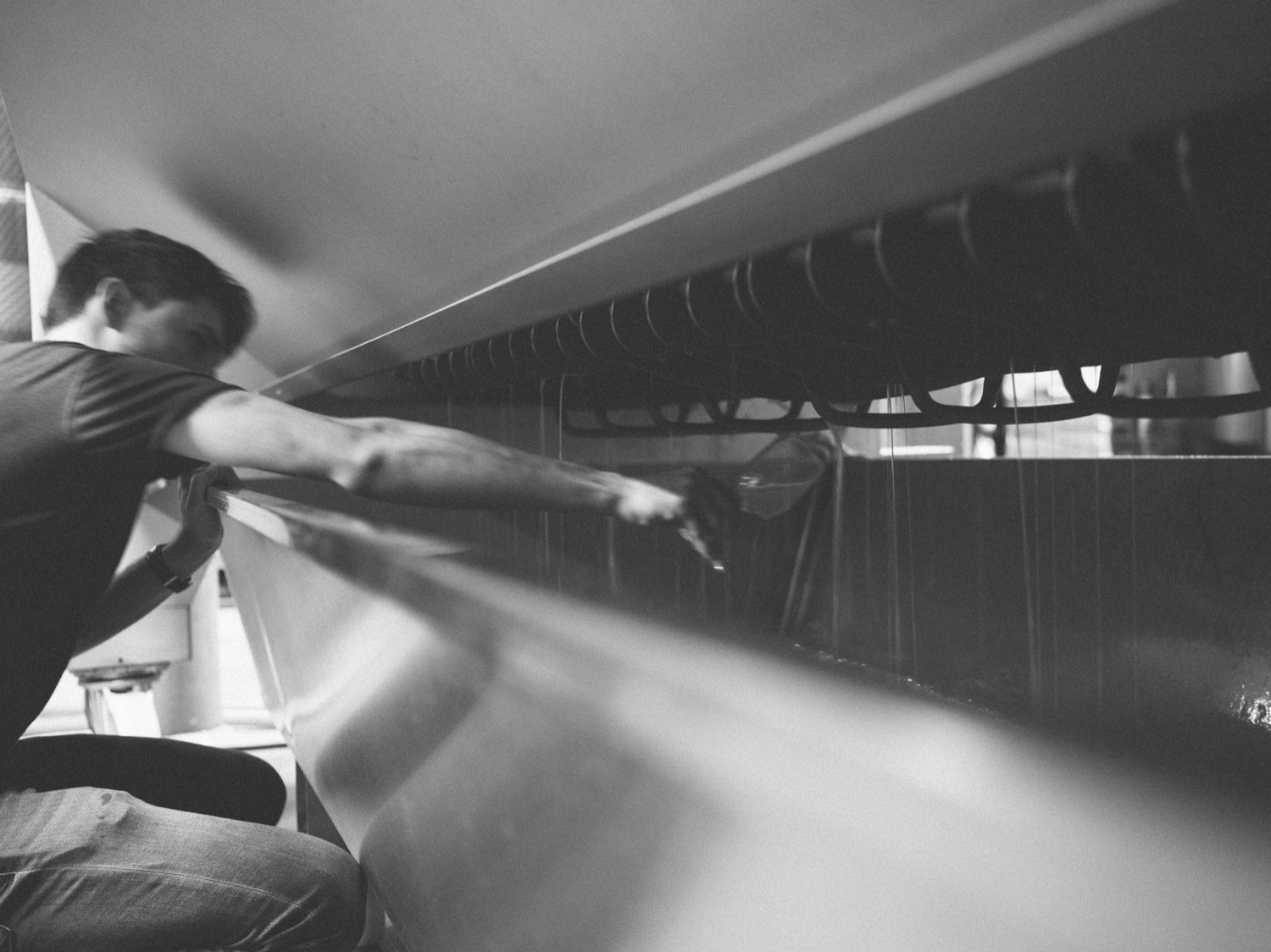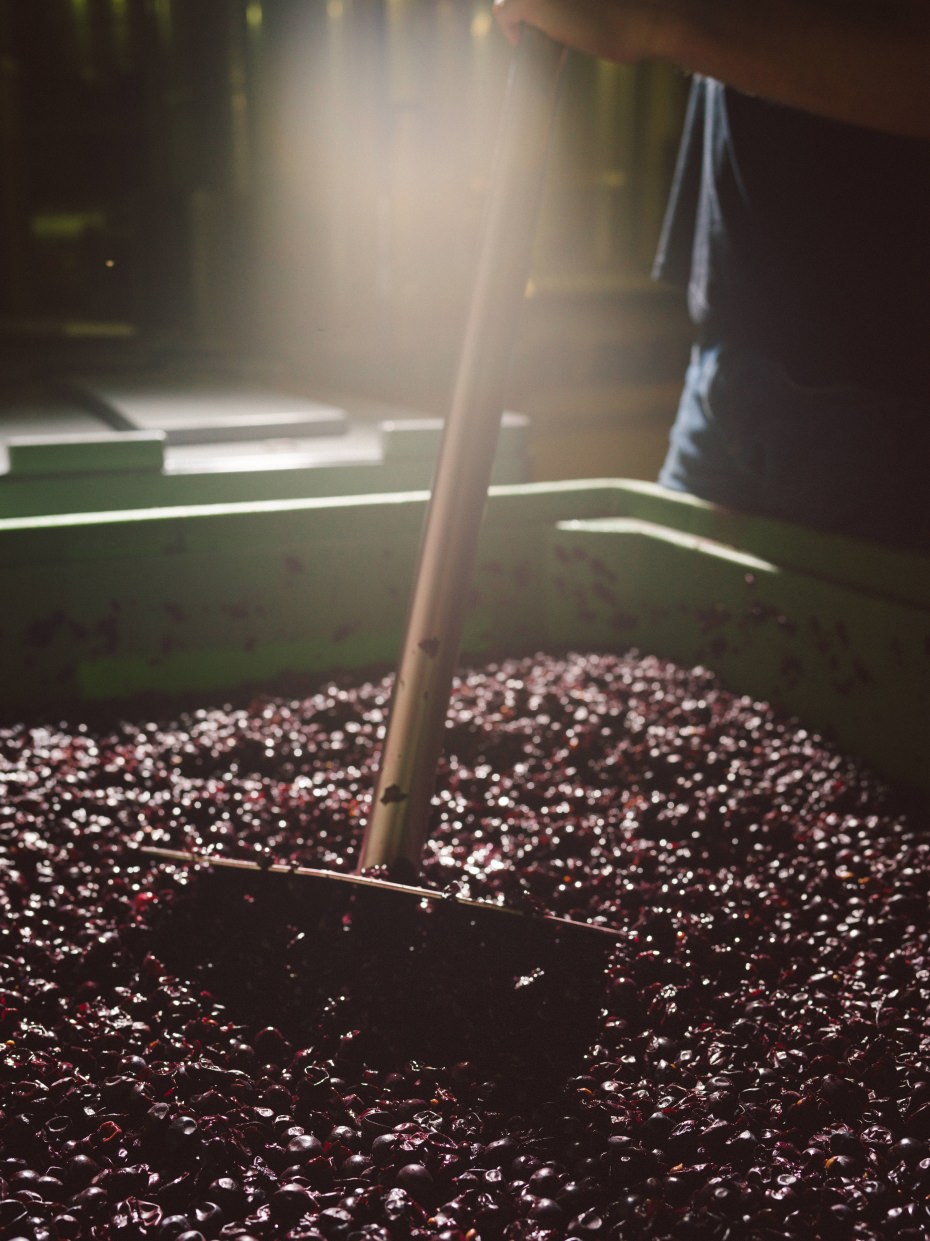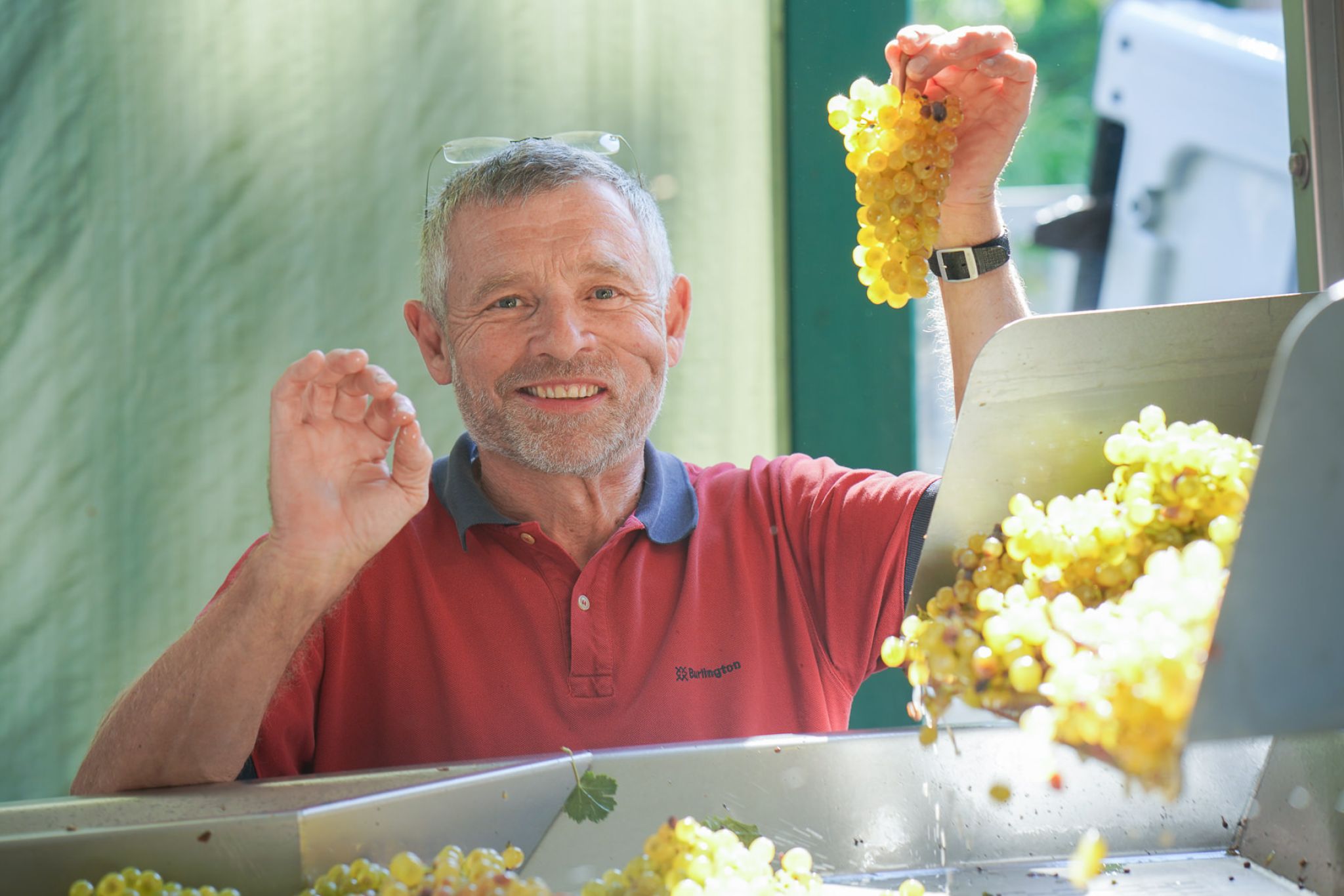Retrospective: Vintage 2018
It was the earliest harvest since 1947. An intense time characterized by unusual weather phenomena. With the beginning of pruning-time we conclude the extreme year 2018. Time to review everything. A detailed journey through our 2018:
A new year begins. We have been in the vineyard for a few weeks already to prune the vines. This is the basis for the 2018 yield. The real winter starts as late as the year before. A relatively warm and snowy January is followed by a colder February with temperatures around -20 °C. At the same time the wines of the previous year need our full attention. There is a lot going on in the cellar, we are tasting and discussing as we continue to move towards the start of vegetation. Until the end of March, we deal with temperatures below zero. Suddenly nature (and especially us) is surprised by a summer coming out of nowhere. It seems as if we just skipped spring. The soils are soaked with enough water and together with an unusually hot April, with temperatures in the higher 20 °C zone, vegetation makes a turbo start. On April 14, the vineyards come back to life: bud break.
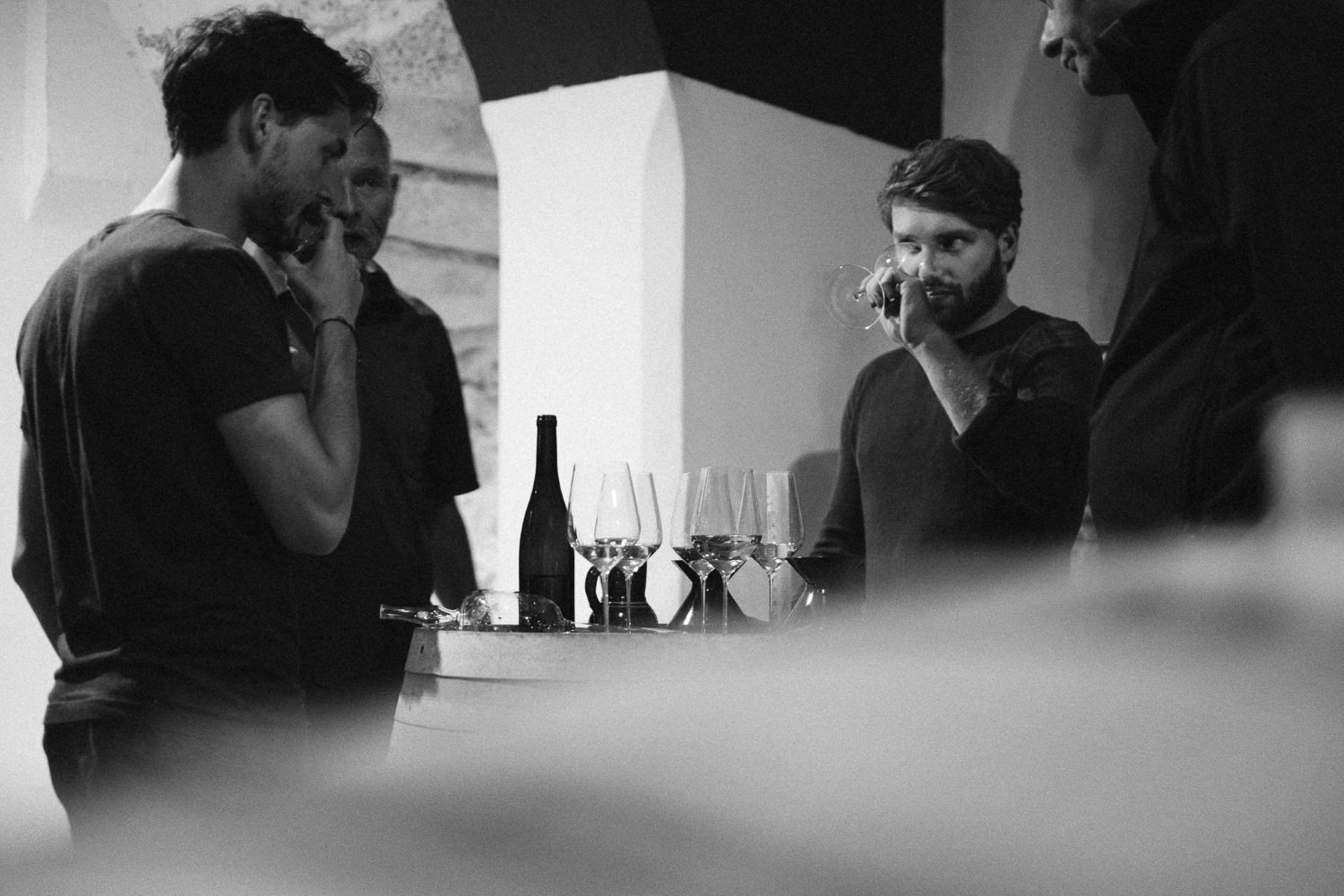
Fortunately, we don’t have to fight frosts this year… The heat wave in April and the heavy rains in early May lead to the earliest flowering we've ever experienced (25th of May)! On the 2nd of June we finish the flowering in Kamptal. High temperatures persist and have the positive side effect of a slightly drizzled budding period that provides us with great loose-berried grapes. While summer takes its course, we expect dryness and heat like in the previous year and therefore start to ensure the quality by reducing the yield by splitting grapes (mainly our Veltliner). In the end of June, the signs of a particularly early harvest are becoming ever clearer! Fortunately, July brings enough rainfall and the last big rain before harvest kicks off. Foliage management is our main occupation in this time of the year. Very selectively we remove only leaves inside the grape zone to allow for the highest possible shade-cover of our berries. Without direct sunlight, they can ripen as cool as possible and form a much finer aroma while preserving their natural acidity. August is dust-dry and hot and in mid-August the sugar levels are already unusually advanced. On the 23rd of August, we set a new record in Austria: never before have we recorded so many hot days and tropical nights in one year. Harvest approaches in high velocity and we finalize our harvest-strategy.
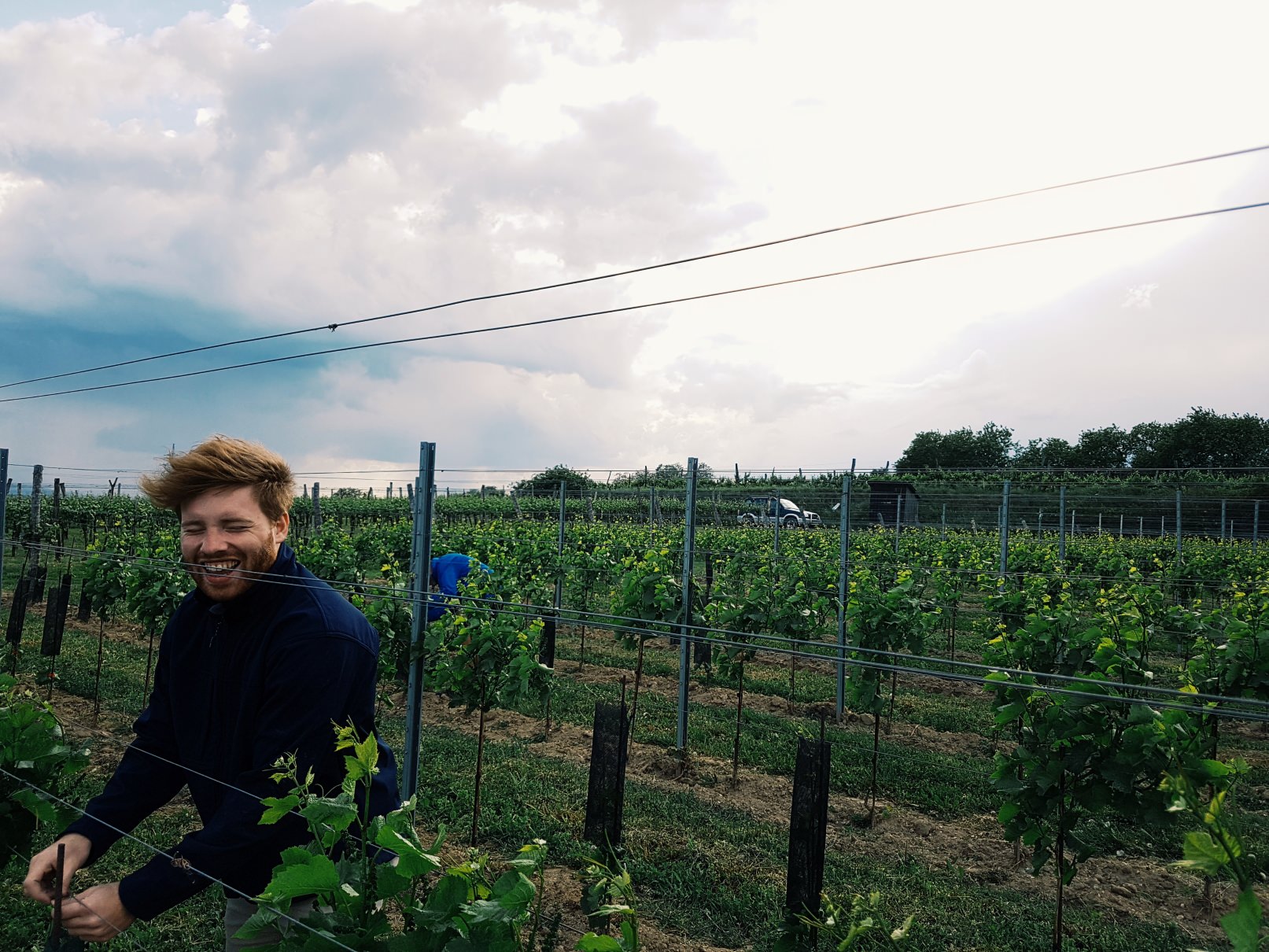
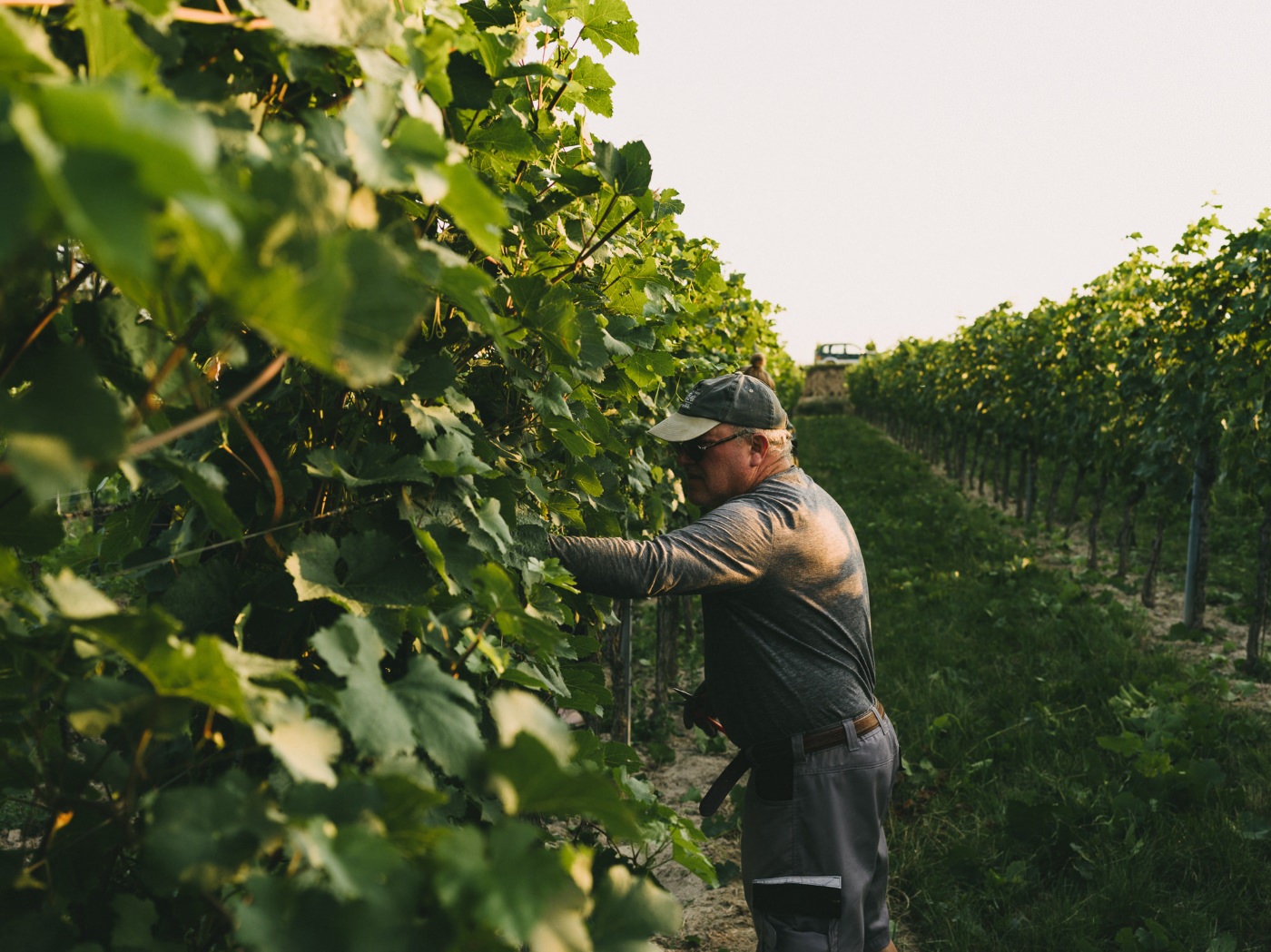

August 28: The scissors are drawn! Traditionally we start harvest with our Muskat Ottonel. In the following 3 days we also bring in a small part of our Veltliner. Just when we begin to get going, heavy rainfalls put a halt to the harvest in the Danube area on September 1; at the worst possible time. This is curse and blessing at the same time. Nature is urgently in need of water as the soils are already dried out. The vines begin to pump the long-awaited water into their systems. The result: Grape ripeness is reset by 1-2 weeks. The sugar levels fall. Nature slows down. Ultimately this gives us more time to pick the grapes just at the right time. After this brief rain-related interruption, we continue to focus on bringing in our basic qualities. Temperatures are still high (up to 30 ° C) and in combination with the moisture we begin to see the first Botrytis in mid-September. Meticulous manual selection work is a necessity in 2018 to ensure the fineness and definition that we desire for our wines. Given the Botrytis situation we start to also target Chardonnay, Pinot Blanc and Pinot Noir. The weather remains hot and sunny.
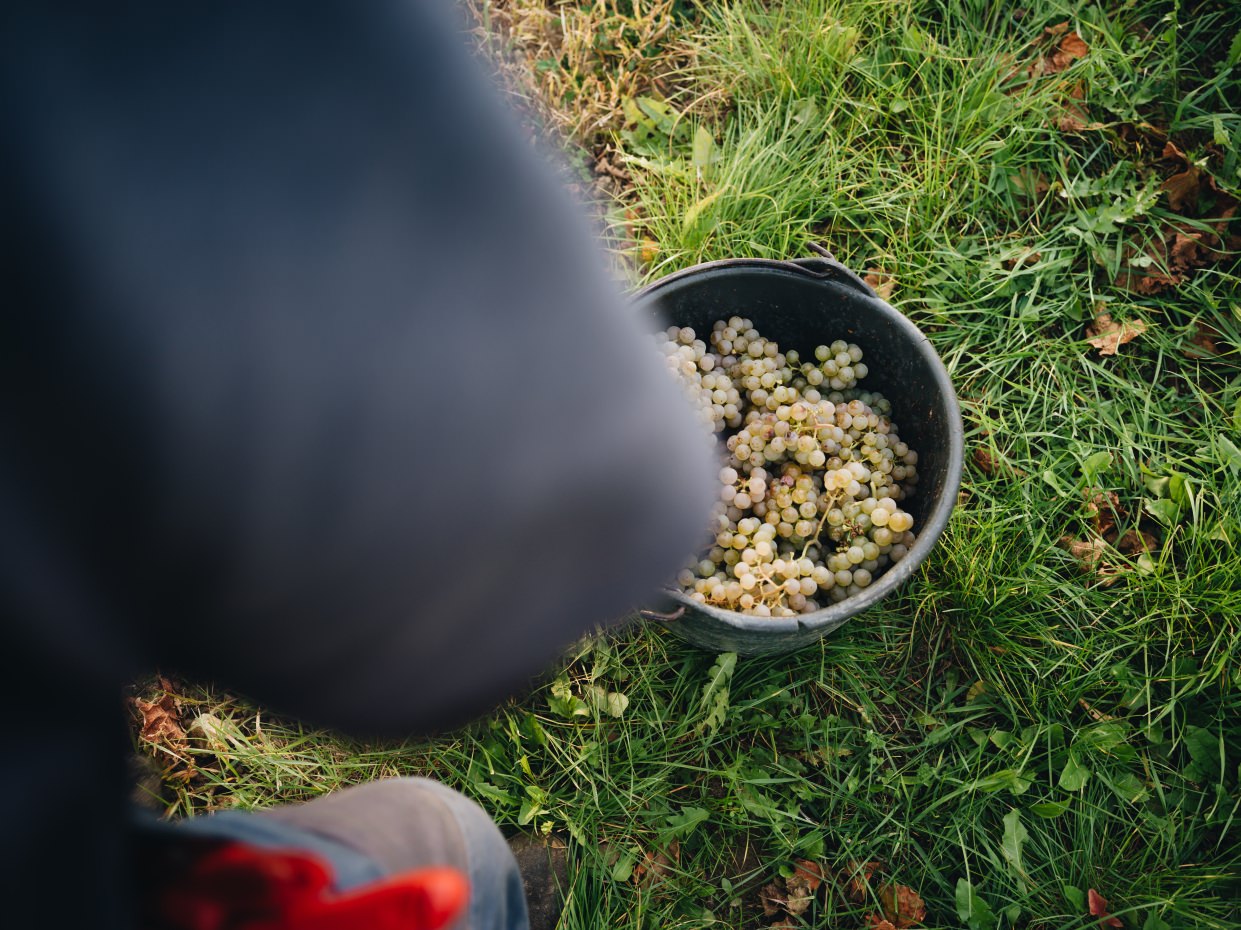

As we approach October we are already harvesting a large part of our single cru Veltliner and also begin to pick for our Riesling cru village. Here we encounter an interesting phenomenon: since the rainfall in early September, sugar levels of Riesling grapes are barely rising. We therefore almost exclusively take care of the selection of Botrytis-infested material to avoid further infection. Contrary to the generally big turnaround on the Riesling harvest in the Kamptal, we decide to wait and give the grapes more time, especially since cooling is finally in sight at the end of September. Until now we concentrate our picking efforts mainly to the morning hours. For the first time ever, a cooling container helps us to reduce the temperature of the partial afternoon-harvest until the next morning to protect the fine aroma when pressing. A drop in temperature coupled with cold nights finally ensure wonderful concentration in the berries from the end of September. We now harvest Veltliner from our best and latest ripening vineyards; with great aromatic maturity. On the 10th of October we are already bringing home the grapes for our Veltliner Maximum. With cooler temperatures we not only see the sugar levels rise slower, but also acidity (in some parts quite mild already) starts to rise as flavors keep concentrating as the vines draw more and more juice from the berries. Perfect! The last few days we spend with harvesting the pre-selected single cru Rieslings (at still relatively low sugar levels). The grapes taste intense and wonderfully harmonious. We finish harvest on the 23rd of October. It's the grapes for our Riesling Maximum from the oldest vines in the north-western part of Steinhaus and the grapes for a Veltliner Beerenauslese from Thal that end up in the press last. Finally done!
This is the end of the most intense harvest since 2014. The right strategy, a healthy dose of intuition, countless hours on the scissors and at the press, a lot of diligence and attentive manual work are the basis of this special vintage. Now we devote ourselves to the fermenting juices and maturing wines in the cellar. As always, time will do the rest and gradually uncover the microcosm of our 2018s. We are full of anticipation! 😉
